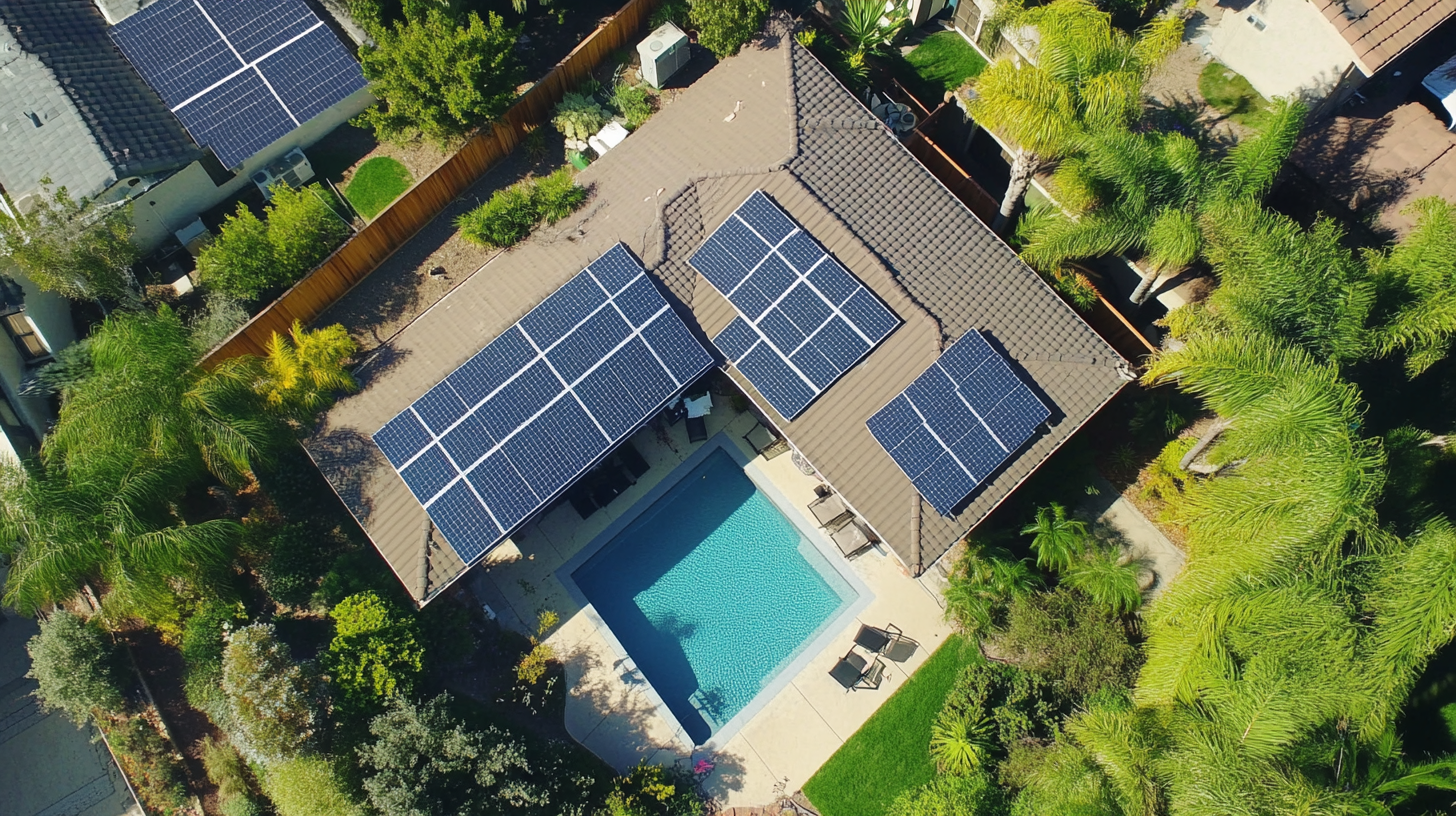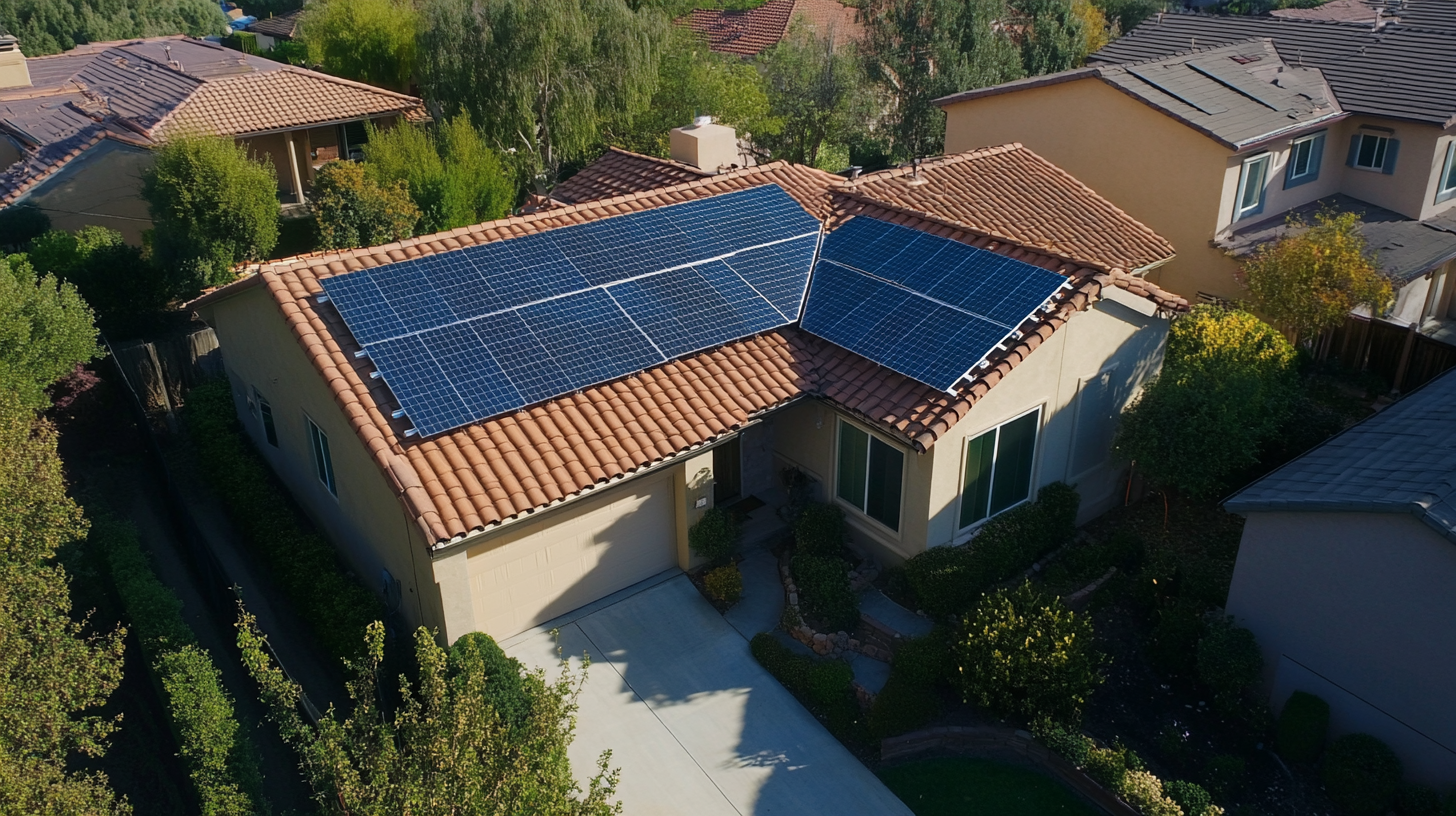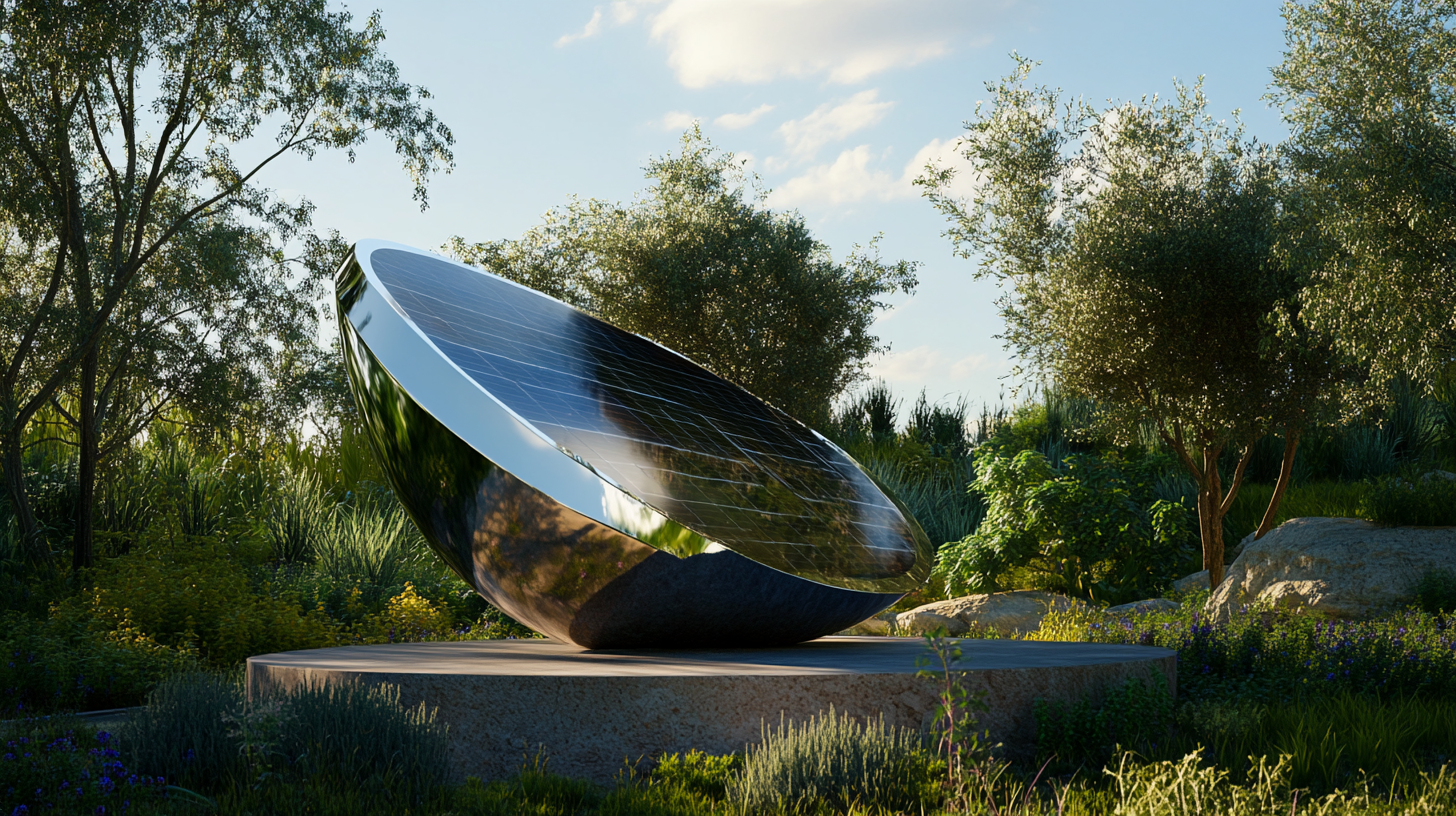Blog
- Home
- Blog
Unlocking the Future of Power Solar Energy Your Comprehensive Purchasing Guide
In an era where sustainable energy solutions are becoming increasingly vital, "Power Solar Energy" stands at the forefront of the renewable energy revolution. This transformative energy source not only reduces our carbon footprint but also offers substantial savings on electricity bills. With advancements in technology making solar power more accessible and efficient than ever, now is the ideal time to consider investing in this eco-friendly alternative. However, navigating the solar energy market can be overwhelming, especially for those new to the field.
Our comprehensive purchasing guide aims to simplify this process, equipping you with the essential knowledge needed to make informed decisions. From understanding different types of solar panels and their efficiencies to exploring financing options and installation processes, we will delve into every aspect of acquiring "Power Solar Energy" systems. Whether you're a homeowner looking to harness the sun's energy or a business owner seeking to power operations sustainably, this guide will illuminate the pathway toward a brighter, cleaner energy future.

Understanding Solar Energy: Benefits and Future Trends
The global transition to solar energy is not only a vital aspect of addressing climate change but also represents an enormous opportunity for technological and economic growth. According to the International Energy Agency (IEA), renewables are expected to account for more than 90% of the global electricity capacity expansion from 2022 to 2027, underscoring the critical role that solar power will play in the energy landscape. This booming sector is shedding light on numerous benefits, including job creation, energy independence, and a reduction in greenhouse gas emissions. In India, the solar energy journey exemplifies how challenges can be transformed into opportunities. With abundant sunshine and a burgeoning population, the country has become a hotspot for solar investment. Recent developments indicate that India is making significant strides toward its solar energy targets, aiming to install 100 GW of solar power by 2022. Such initiatives not only foster sustainable living but also empower local communities by providing affordable energy solutions. Furthermore, the rise of rooftop solar installations signifies a paradigm shift towards decentralized energy production. In the U.S., small-scale solar energy production has surged, generating ten times as much power in 2022 compared to a decade prior. This trend showcases increased consumer awareness and demand for renewable energy options, positioning solar technology at the forefront of reconciliation between energy needs and environmental stewardship. As we look toward the future, integrating solar energy with other sectors, such as aquaculture and green hydrogen production, promises to amplify its benefits. Innovations in solar energy applications can lead to sustainable practices in diverse fields, highlighting a holistic approach to renewable energy that not only supports economic growth but also promotes ecological balance and resilience.

Key Factors to Consider When Purchasing Solar Panels
When considering the transition to solar energy, understanding key factors in purchasing solar panels is crucial for maximizing both efficiency and investment. One of the primary considerations is the efficiency rating of the panels. Solar panel efficiency refers to the amount of sunlight converted into usable electricity. Higher efficiency panels can produce more power in a smaller space, making them ideal for homeowners with limited roof area or those looking to maximize energy output.
Another essential aspect is the type of solar panels available on the market. The three main types—monocrystalline, polycrystalline, and thin-film—each have distinct characteristics and performance metrics. Monocrystalline panels are known for their high efficiency and longevity, while polycrystalline panels are generally more affordable but slightly less efficient. Thin-film panels are flexible and lightweight, making them a versatile choice for various installations, but typically offer lower efficiency compared to their crystalline counterparts.
Furthermore, warranty and lifespan should not be overlooked. A good warranty can provide peace of mind that your investment is protected against defects and performance issues. Most reputable solar panels come with a warranty that lasts between 25 to 30 years, highlighting durability and the manufacturer's confidence in their product. Evaluating these critical factors will guide consumers in making informed decisions, ensuring that they invest in solar energy solutions that deliver both immediate benefits and lasting value.

Comparing Solar Solutions: Types of Panels and Inverters Explained
When considering solar energy solutions, understanding the types of solar panels and inverters is crucial for making an informed purchase. The two primary types of solar panels available are monocrystalline and polycrystalline, each with distinct advantages. Monocrystalline panels tend to have higher efficiency rates, making them ideal for homes with limited roof space. Conversely, polycrystalline panels often present a less expensive option, albeit with slightly lower efficiency levels. According to recent analyses, notable brands have received high ratings for their solar panels, which indicates that consumers are prioritizing quality and reliability when selecting their systems.
Inverters play a critical role in optimizing solar energy usage. The main types of inverters include string inverters, microinverters, and central inverters. Each type has benefits tailored to specific needs; for instance, microinverters can enhance energy production in shaded environments by converting power at each panel, thereby improving efficiency. As the renewable energy landscape evolves, it is projected that the global solar inverter market will see significant growth, underscoring the importance of selecting the right inverter type for maximizing your solar system's performance.
Furthermore, innovations in energy storage solutions, including solar battery technologies, allow homeowners to store energy generated during the day for use during power outages or peak demand times. This capability can greatly enhance the overall efficiency and cost-effectiveness of solar power systems. With advancements in inverter technology and battery storage options, consumers have more tools than ever to harness and optimize their solar energy production.

Financing Your Solar Power Installation: Options and Incentives
When considering the installation of solar power systems, financing options can significantly impact your decision-making process. Various incentives and financing plans are available to make solar energy more accessible and affordable for homeowners. For instance, many states offer tax credits that allow you to deduct a percentage of your installation costs from your state taxes. Additionally, federal tax incentives provide even greater savings, making solar installations a financially viable option for many households.
Leasing solar panels is another popular financing option that allows homeowners to install solar energy systems with little to no upfront costs. Under a lease agreement, you can enjoy reduced electricity bills while paying a fixed monthly rate for the use of the panels. Furthermore, power purchase agreements (PPAs) allow you to buy the power generated by the solar system at a predetermined rate, which is often lower than your local utility’s rate. These alternatives are particularly appealing for those who may not have the capital to invest in a solar system outright.
In recent years, several organizations and financial institutions have started offering loans specifically for solar installations. These loans often come with lower interest rates and longer repayment terms, making it easier for homeowners to afford the initial investment. With such a variety of financing options and incentives, you can unlock the potential of solar energy without straining your budget.
Maintenance and Longevity: Ensuring Your Solar Investment Pays Off
When investing in solar energy, ensuring the longevity and maintenance of your system is crucial for maximizing your return. Regular upkeep not only protects your investment but also enhances the efficiency of your solar panels. Most manufacturers recommend routine inspections and cleaning to remove debris, dirt, and other obstructions that could hinder performance. By establishing a maintenance schedule, you can prevent minor issues from escalating into more significant problems, ultimately extending the life of your solar energy system.
Moreover, understanding the warranty and service agreements offered by your solar provider is essential. Many warranties cover not just the panels but also the inverters and other components. Familiarizing yourself with the specifics can help you navigate future repairs or replacements, ensuring that your investment continues to pay off. It’s also beneficial to keep track of any maintenance services performed, as this documentation can enhance the resale value of your property should you decide to sell in the future.
In addition to scheduled maintenance, keeping an eye on advancements in solar technology can be beneficial. Innovations in energy storage solutions, for example, can enhance the effectiveness of your solar energy system. By staying informed, you can make educated decisions about upgrades or additional investments that can further increase your system’s longevity and efficiency, ultimately allowing your solar energy investment to thrive for years to come.
